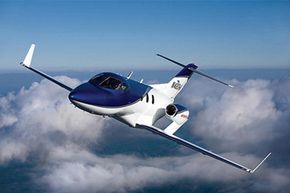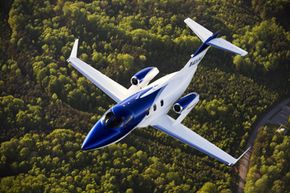Honda Motor Co.'s reputation for superior engineering is well known throughout the world. Honda is a leader in the automotive, motorsport, power equipment and racing worlds, but the one category it has been absent from up until a few years ago was aviation.
The founder of Honda, Soichiro Honda, passed away in 1991, but it was always a goal of his to enter the aircraft market. In 1997, the Honda Motor Co. drafted its first sketch of the HondaJet, a lightweight small business jet with an over-the-wing engine design. By 2003, the HondaJet had already taken its maiden flight and just three years after that, Popular Science magazine gave it the "Best of What's New" award. As testing and research increased, Honda built a $120 million research and development facility in North Carolina for testing and production.
Advertisement
Now, more than 10 years and more than $1 billion after the initial sketch, the HondaJet has been created, but is still not quite ready for commercial production. Setbacks have delayed the jet from an official launch, but that hasn't kept 100 customers from already purchasing the $4.5 million aircraft [source: Ray and Ohnsman].
It shouldn't be a surprise that the world's largest producer of motorcycles and engines would want to build its own plane, especially with its extreme interest in innovation, apparent from its continued investment in one the world's best-known robots, ASIMO.
But what makes the HondaJet so special?
Advertisement





